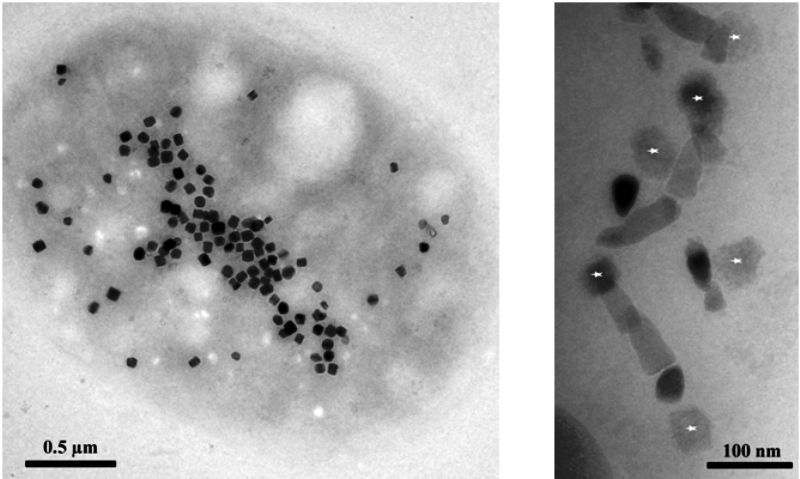-
 Ephemeris meridian
Ephemeris meridian
-
 Riveting
Riveting
-
 Saccharose
Saccharose
-
 Blood-brain barrier
Blood-brain barrier
-
 Hijacker
Hijacker
-
 Virtual universe
Virtual universe
-
 Nyctinasty
Nyctinasty
-
 Tectrix
Tectrix
-
 Endive
Endive
-
 Surveyor
Surveyor
-
 NGN
NGN
-
 Star
Star
-
 Ginkgo
Ginkgo
-
 Wakefield
Wakefield
-
 Teleservice
Teleservice
-
 Lagrangian
Lagrangian
-
 Hardy kiwi
Hardy kiwi
-
 Metamaterials
Metamaterials
-
 Diapedesis
Diapedesis
-
 Le Chatelier's principle
Le Chatelier's principle
-
 Systemic antifungal
Systemic antifungal
-
 Squark
Squark
-
 Nitrogen base
Nitrogen base
-
 Jilin petrochemical plant disaster
Jilin petrochemical plant disaster
-
 Inosilicates
Inosilicates
-
 Morphogenesis
Morphogenesis
-
 Kennedy Space Center
Kennedy Space Center
-
 Bepi Colombo
Bepi Colombo
-
 Space elevator
Space elevator
-
 Fibrinogen
Fibrinogen
Magnetotactic bacterium
Since 1970 we have known that bacteria exist in nature which naturally produce nano-magnets. These bacteria, can point and move themselves along magnetic fields and are called magnetotactic. They have an organelle, the magnetosome, which contains a nano-magnet. This sometimes consists of magnetite although may also consist of greigite, another magnetic material.
These magnetotactic bacteria live in water or in sediments often formed from layers made up of different chemical compositions. Magnetotaxis enables the bacteria to point themselves towards areas with more nutrients.
magnetotactic bacteria in a magnetic field, the features of which (angle, intensity, etc.) are shown top left. © Melbynfm-YouTube
Magnetotactic bacteria are being considered as sources of nano-magnets for nanomedicine.
Magnetite crystals in the meteorite ALH84001, very similar to those produced by magnetotactic bacteria has been proposed as proof of the existence of past life on Mars.
 Examination of a sample of magnetotactic bacteria producing magnetite and greigite. Figure on the left: transmission electron microscopy observation of a bacteria producing nano-crystals of greigite and (figure on the right) of a chain of magnetite and greigite magnetosomes (stars). © LBC/CEA
Examination of a sample of magnetotactic bacteria producing magnetite and greigite. Figure on the left: transmission electron microscopy observation of a bacteria producing nano-crystals of greigite and (figure on the right) of a chain of magnetite and greigite magnetosomes (stars). © LBC/CEA
Latest
Fill out my online form.



